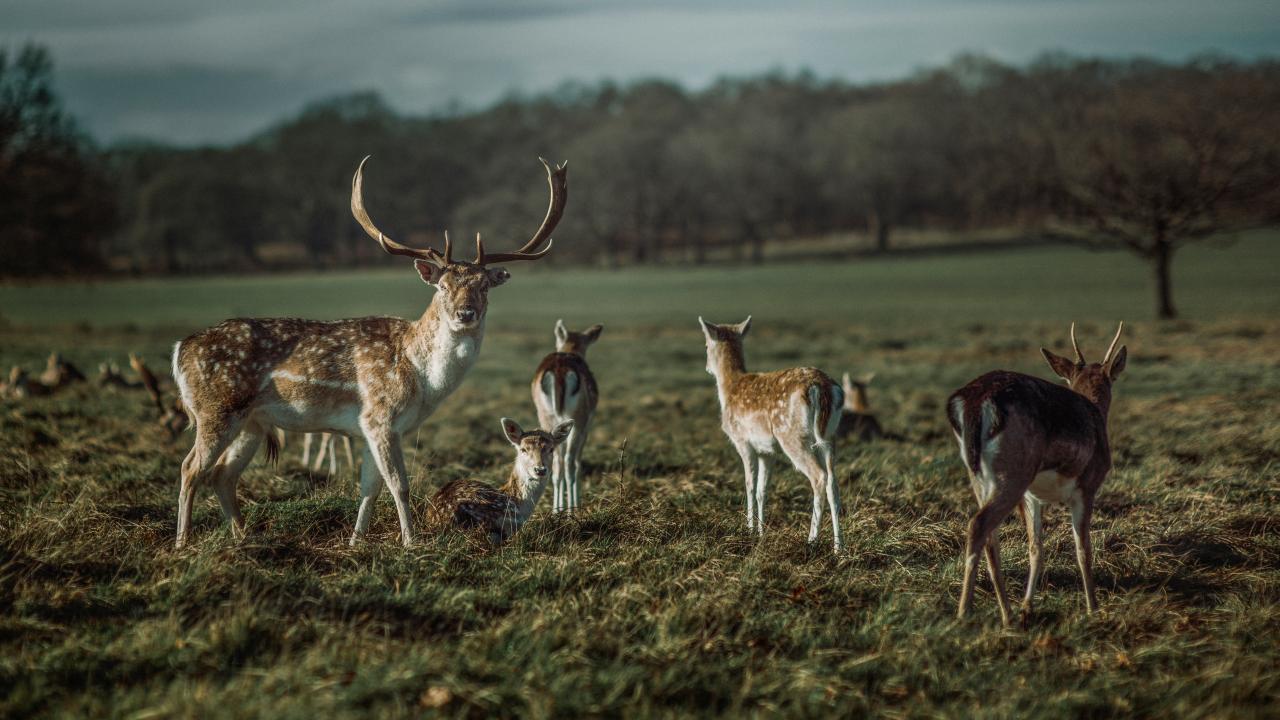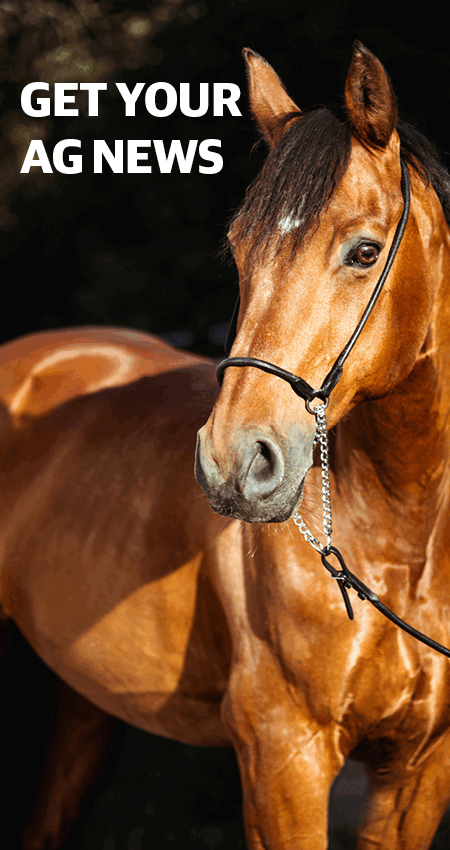Farmers and hunters clash as wild deer population booms

The Shooters, Fishers and Farmers (SFF) Party has lashed out at TasFarmers CEO Nathan Calman over comments he made regarding wild fallow deer, as a new government survey has revealed that the species' population numbers have increased by more than a third in five years.
In his regular column for the Tasmanian Country, Mr Calman recently said that wild fallow deer should be reclassified as a feral species.
But SFF Tasmania chair Adrian Pickin said the comments were “wildly speculative, anti-hunter, and dangerously misleading”.
“The real agenda here is simple, reclassify deer so 1080 poison can be used more freely,” Mr Pickin said.
“Tasmanians should be outraged.
“1080 is a horrific poison that causes agonising deaths and kills non-target species.
“It has no place in a modern, humane society and certainly not on our farms or in our bushland.”
Mr Calman rejected that assertion and said that 1080 poison was something that most farmers in the state did not need to use.
The results of an aerial survey conducted in October 2024 of central and north-east Tasmania estimated that the state’s wild deer population was 71,655.
The last time the survey was conducted in 2019 the estimate was 53,660, resulting in a 17,995 increase over five years.
The Department of Natural Resources and Environment concluded that the wild deer population could have risen by anywhere between 12 and 55 per cent over the last five years.
Primary Industries Minister Gavin Pearce said that despite the substantial progress made since the implementation of the government’s Tasmanian Wild Fallow Deer Management Plan in 2022, more needed to be done.
“As a priority, we are working with industry to unlock more public and private land for recreational hunting and progressing our work to further streamline permits to remove red tape and make it easier for farmers, foresters, and hunters to control deer,” Mr Pearce said.
“There is no one solution to bringing our deer numbers under control, but together, there is a pathway forward.”
Mr Calman said the state’s deer population was out of control.
“Tasmania’s primary producers have had enough of the current protectionist management strategies, which are simply not working.
“Feral deer have a major impact on the profitability of primary producers in the state, damaging farm infrastructure, consuming valuable pasture and crops and damaging environmental systems on farm.
“The survey population of feral deer represents a reduced profitability of $41 million annually through the loss of pasture for grazing.”
Mr Calman said urgent action was needed to address the issue before “we reach the tipping point of population control where deer become the next rabbit”.
“This is not to say in any way that the hunting community cannot support solving this problem - far from it.
“However, we need to change the focus to removing feral deer numbers from our landscapes instead of managing a healthy, growing deer population for recreational hunters.
“We also need to have an open mind about the ability of wild shot venison to be commercially sold.
“Similarly, we need to permit the removal of feral deer from crown land.”
SFF Lyons MP Carlo Di Falco said the rising deer population numbers were due to an increase in areas being converted into farmland.
“Based on these figures, there is no justification to change their classification from partly protected to feral.
“The advantage of allowing hunters to harvest the meat - as opposed to culling - means the animal is used to feed families, and if we amend the meat hygiene act, this will allow for the donation of much-needed protein through charity partners to underprivileged communities.”
A trial has been in place since 2023 allowing the commercial use of wild-shot fallow deer meat for human consumption and is scheduled to conclude in April.
The state government has also committed to exploring a program to connect farmers and hunters, working with farmers to develop property-based wildlife management plans and increasing deer farm compliance to prevent escapees from contributing to the wild population.
Another aerial survey has been proposed for 2027, the same year the current Tasmanian Wild Fallow Deer Management Plan is set to expire.




Add new comment